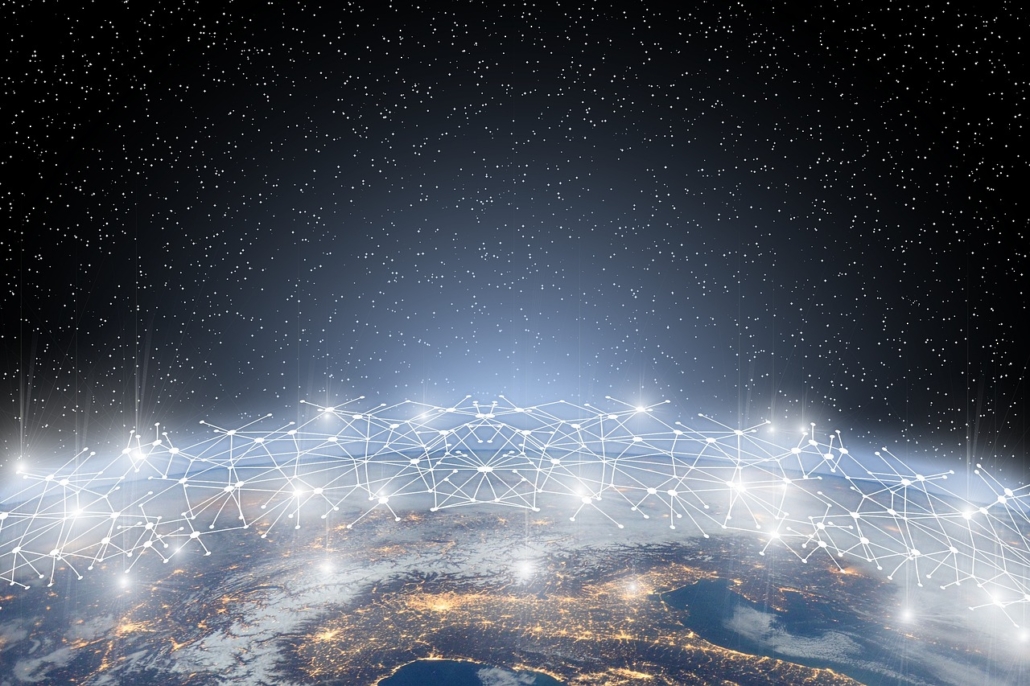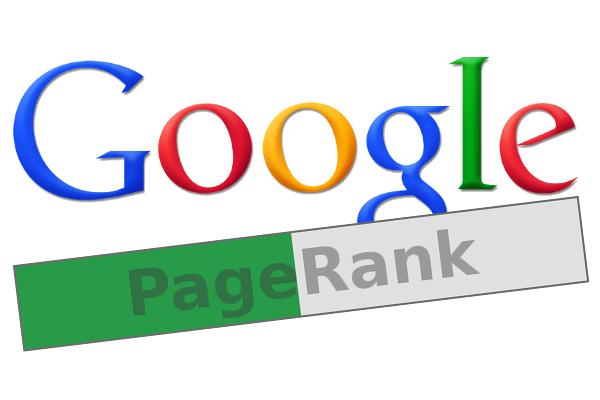The landscape of the internet is evolving, and at the forefront of this evolution is the concept of Web3. Often hailed as the “next generation” of the internet, Web3 represents a paradigm shift that promises greater decentralization, user control, and enhanced security. In this article, we delve into the core concepts of Web3, its potential benefits, and the challenges it faces as it seeks to redefine the digital world.
So Actually, What is Web3?
Web3 is not a single technology, but rather a collection of principles and technologies aimed at revolutionizing the way we interact with the internet. At its core, Web3 envisions a decentralized internet where data ownership, privacy, and control are placed back into the hands of users. Unlike the current Web2 model, where centralized platforms gather and monetize user data, Web3 aims to establish a more democratic and user-centric online ecosystem.
Key Concepts
Decentralization: Web3 leverages blockchain technology to decentralize applications and services. This means that instead of relying on a single central server, applications are hosted on a network of nodes, making them more resilient to censorship and single points of failure.
Data Ownership and Control: With Web3, users own their data and can grant or revoke permissions as they see fit. This empowers individuals to choose how their data is used, fostering greater trust and transparency.
Smart Contracts: Web3 introduces smart contracts, which are self-executing contracts with the terms directly written into code. These contracts facilitate trustless transactions and automated processes without intermediaries.
Digital Identity: Web3 seeks to create a more secure and user-controlled digital identity system, reducing the need for centralized authentication methods.
Cryptocurrencies and Tokens: Digital assets like cryptocurrencies and tokens play a significant role in Web3 ecosystems, enabling new forms of value exchange and incentivizing user participation.
Benefits and Opportunities
Web3 holds several potential benefits that could reshape the digital landscape:
Enhanced Privacy: Decentralization and user-controlled data minimize the risks associated with centralized data breaches and surveillance.
Reduced Intermediaries: Web3 eliminates the need for intermediaries in various transactions, reducing fees and increasing efficiency.
Economic Empowerment: Web3 enables new economic models through tokenization and decentralized finance (DeFi), allowing users to directly participate in the value they contribute.
Censorship Resistance: With a decentralized infrastructure, Web3 platforms are less susceptible to censorship, ensuring freedom of expression.
Challenges of Web3
Despite its promising potential, Web3 faces some significant challenges:
Usability: The current user experience of many Web3 applications can be complex and daunting for non-technical users.
Scalability: Blockchain networks often struggle to handle a high volume of transactions, leading to slow speeds and high fees.
Regulatory Uncertainty: As Web3 challenges traditional business models and financial systems, regulatory hurdles and compliance remain uncertain.
Energy Consumption: Many blockchain networks require substantial energy consumption, raising concerns about sustainability.
Web3 represents a vision of the internet that empowers users, enhances security, and embraces decentralization. While it’s still in its infancy, the technology and principles behind Web3 have the potential to redefine how we interact with digital platforms and services. As the world continues to explore and develop this new paradigm, collaboration between technologists, regulators, and users will be crucial to ensure Web3’s positive impact on the digital landscape.





